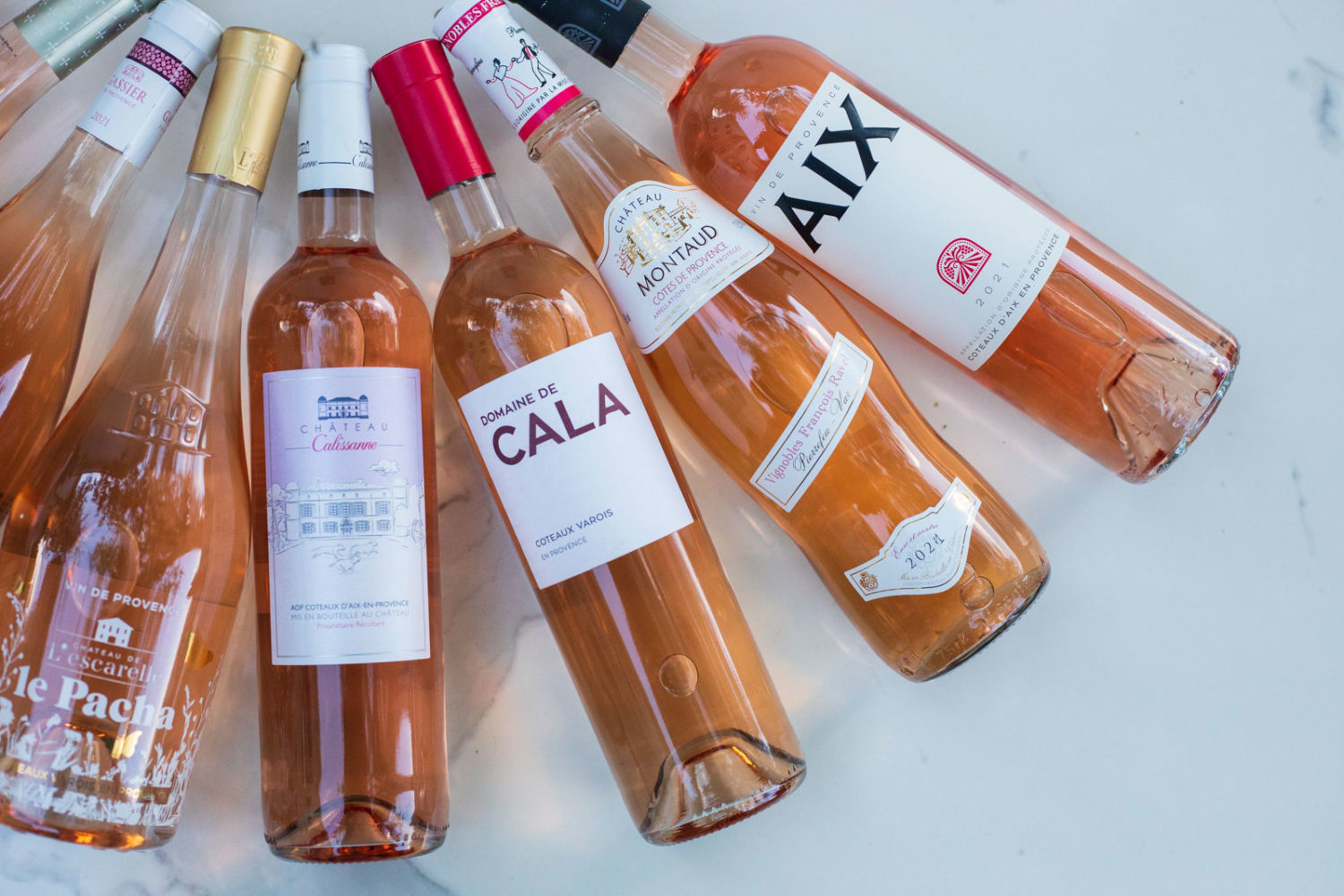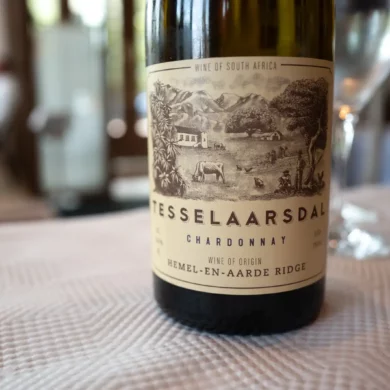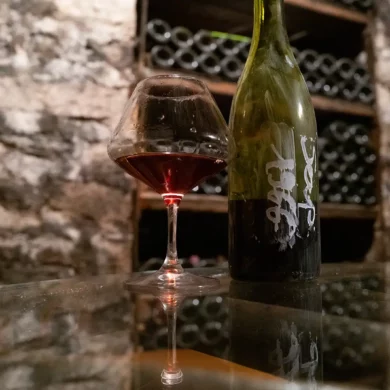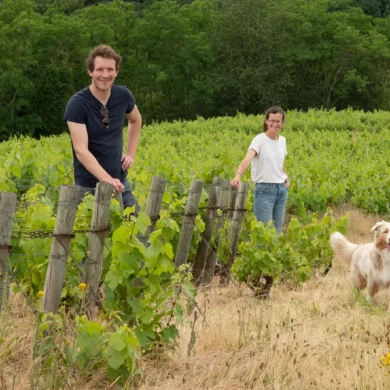Not every wine needs to be about terroir; the showcase of craft can be equally thrilling. That simple claim might seem like an obvious statement, but when you write about wine for a living, you often end up dipping into terroir exposés. It is an easy trap. For many of us, terroir fuels our passion for wine. It is the very thing that accentuates wine’s story from ordinary beverage to divine reflection of nature’s whims. But the quest can easily harden into bias when a category of wine won’t divulge its secrets. Take for instance, Provence rosé, a wine with a distinct and remarkably consistent aromatic and textural profile.
Has there always been terroir hidden in the pale-carnation glint or the floral-meets-mineral aromas?
On the surface, this would seem to be a “craft wine” in that its discrepancies are largely the result of winemaking technique and blending instead of vineyard and climate characteristics. After all, these pale pink wines are the result of a short maceration of numerous grape varieties often blended from many different parcels, often at dramatic scale. If you were to think of terroir as a bullseye on a target — with the curious taster serving as the archer — then each of those four traits would seem to push the archer back 10 meters from the target. (Or, put another way, they remove a ring from the target and make it smaller).
I have frequently looked into the glass of Provence rosé, thought of its potential to say something about terroir, and yet felt like I was a football field away from that bullseye.
But could it be that I was just missing something? Has there always been terroir hidden in the pale-carnation glint or the floral-meets-mineral aromas? Or could it be that terroir meant something entirely different in Provence?
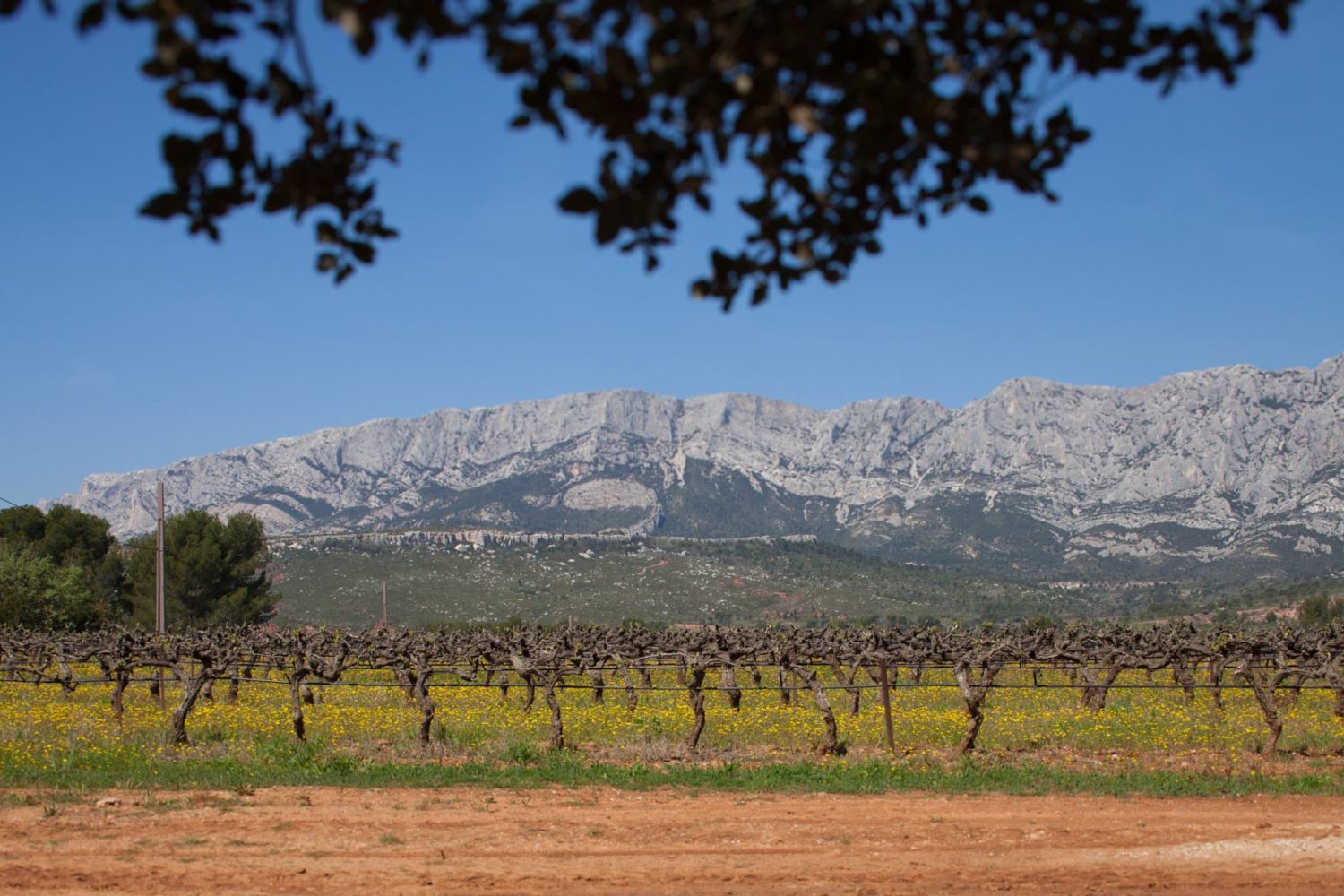
Lining Them Up To See
To answer these questions, I reached out directly to the Provence Wine Council (CIVP) to arrange a blind tasting of eight different Provence rosé — an admittedly minuscule sample size, but a start. I also asked to interview Brice Eymard, the Directeur Général of CIVP (who gladly obliged) and I requested interviews with three different wineries whose wines were sent.
The tasting, which I have summarized for subscribers, was a bit of a first for us at Opening a Bottle: a broad selection of rosé wines tasted blind in one setting with the sole aim of seeking discrepancies. Free from preconceived ideas and biases on estate reputation and packaging, I was able to better assess what was in each glass, and whether they struck me as potentially terroir-centric. I should note that all eight wines were made in a similar style (e.g. short maceration, blended, use of stainless steel), and that by no means did they represent the breadth of the category within southern France. However, they did represent the style that is popular in the American market and most indicative of Provence.
The first round of tasting seemed to underscore the consistency of Provence rosé’s indelible profile: bright, citric, mineral and floral, with easy textures and a clean finish. Collectively, they were like a pop artist’s new album: catchy and popular for a reason, but perhaps each track too similar for one to standout.
However, it was on the second round of tasting that I started to detect noticeable differences in texture, and with more aeration time, the better wines held themselves together and revealed more details, while only two of the eight wines seemed to register as more tart, with the finish showing rougher edges.
These differences certainly could have been the result of vineyard and climate, as well as the overall quality of the fruit. But they could have also been the result of winemaking decisions, such as the proportionality of the blend, maceration time and so forth. Ultimately, the exercise was inconclusive for me.
My conversation with Brice Eymard, however, was not.
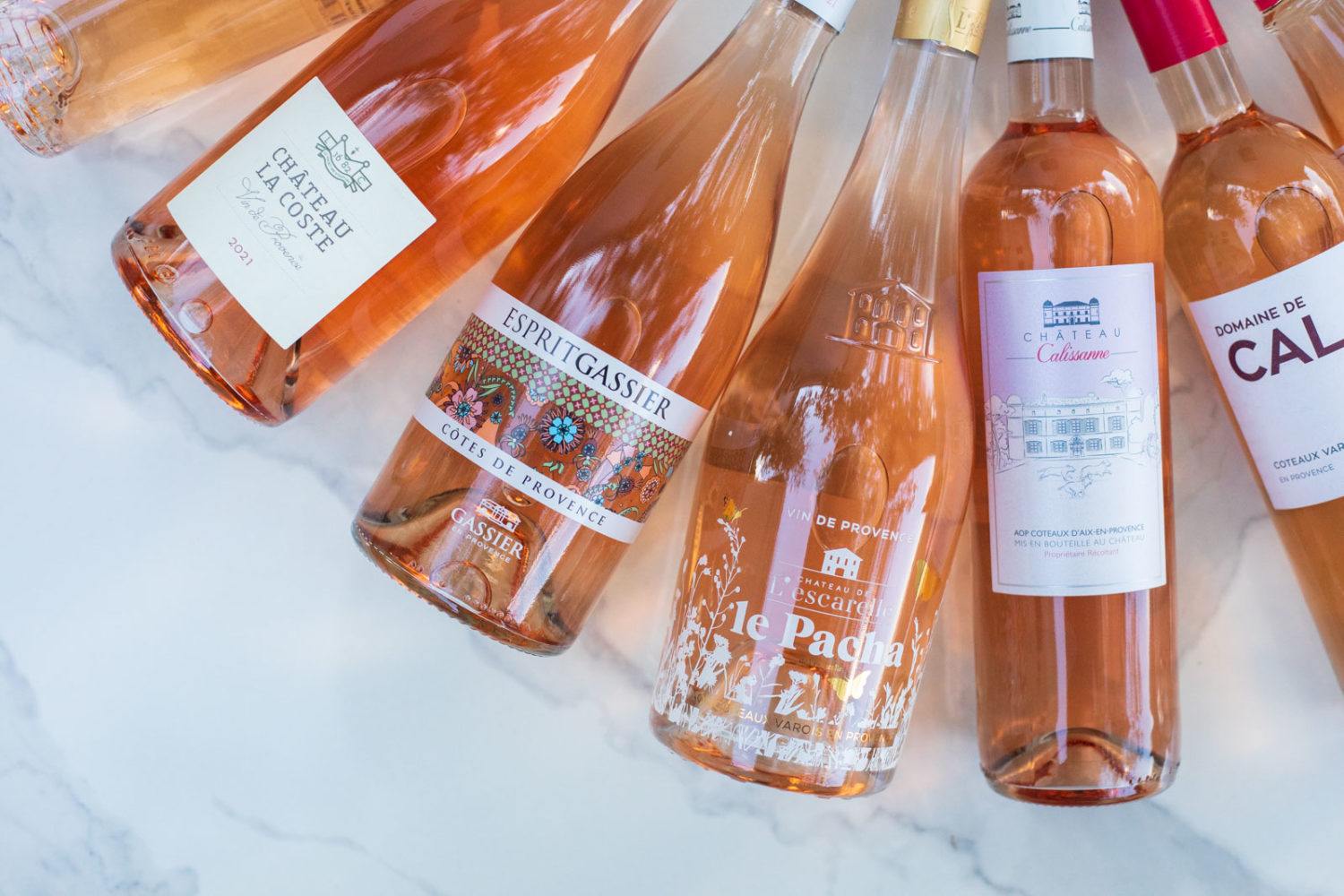
Variables That Make Isolation of Terroir Tricky
I asked him if terroir was something that producers of Provence tried to showcase in their rosé, or whether it was something else.
“I think that it is not the same as other venues,” he candidly admitted. “When you speak about terroir in Burgundy, for example, of course you imagine small winemakers with small areas within a climate, and one grape. In Provence, we don’t speak of terroir in the same way. It is spoken about in larger terms.”
“When you speak about terroir in Burgundy … you imagine small winemakers with small areas within a climate, and one grape. In Provence, we don’t speak of terroir in the same way.”
Brice Eymard
Directeur Général, Provence Wine Council
For instance, he noted, vineyards that are planted further from the Mediterranean Sea will have a different profile than those closer to it, because the shift in temperatures from day to night is greater due to less humidity in the air. That might result in heightened aromas and more precise acidity, but more likely, the grape variety selection will be different to better suit those specific conditions.
Tibouren is a prime example of this. It thrives near the sea, and while it is a difficult grape to work with, it manages to retain its aromas and acidity nicely when given the right conditions. Where is Tibouren more rare? Head inland.
Producers echoed a similar sentiment about Provence’s mosaic of grapes. Clément Grimaldi, the winemaker at Château de la Clapière, noted that the rosé wines of Provence are unique thanks to a combination of factors, but chief among them was “adaptation of the grape varieties to the soil and climate.”
“Our family owns several estates located on three types of terroir,” Grimaldi wrote to me. “The vines of Château de la Clapière are planted in the foothills of the Massif des Maures, with influences from the Mediterranean Sea which protect us from summer heat and cold winter. On this terroir, the Syrah and Cinsault grape varieties have a powerful expression, with fruity wines that are very well balanced on the palate.”
But therein lies perhaps the biggest factor to the wine’s outcome: the blend. As we discussed recently in Chianti Classico, blended wines offer more variables to the equation, so pinpointing a terroir signature becomes dicier.
Eymard admitted as such. “Geology signatures in the wine,” he said “have less impact for us because we are a blending wine. In fact, part of our success is that we make a wine that is not too complicated to understand.”
Do Consumers Even Want Terroir?
Flavian Maison, the head of cultivation and operations at Domaine de Cala, responded to me that at his estate, the “desire is more to create wines with specific and consistent flavor profiles than to bring out the particular terroir.” This isn’t to say terroir doesn’t exist in these wines. Certainly, winemakers are harnessing terroir from multiple plots and multiple grapes to arrive at a specific outcome, but it is a carefully crafted one — hardly the minimal intervention nirvana of the terroir-obsessed.
At Chateau La Coste, cellar master Raymond Gimenez noted as such.
“We have the chance to work with various terroirs on our domaine,” he wrote to me. “The vineyard is planted as an amphitheater with multiple types of soils: basalt, clay, clay-limestone and limestone. From there, we will elaborate different profiles of wines that will reflect our terroir while adapting the vinification.”
Gimenez also noted that his clientele has “changed its approach to tasting,” and have been increasingly seeking out more uniqueness in their rosé — a desire that would seem to lead toward more terroir-centric approaches. While Provence will not become a monovarietal rosé mecca anytime soon, the door appears to be open to new approaches. Given the short time-to-market of the product, we could be having a very different conversation in subsequent vintages.
But Clément Grimaldi of Château de la Clapière wasn’t so convinced of this prospect.
“Our customers are all different, but to be perfectly honest, those who are interested in terroir when buying a rosé wine are far from being the majority,” he told me.
However, he went on, when consumers encounter something new that broadens their horizons of what rosé can be, everybody wins. “For some years now, customers have changed. They have become more educated and have discovered the complexity and diversity of rosé wines.”
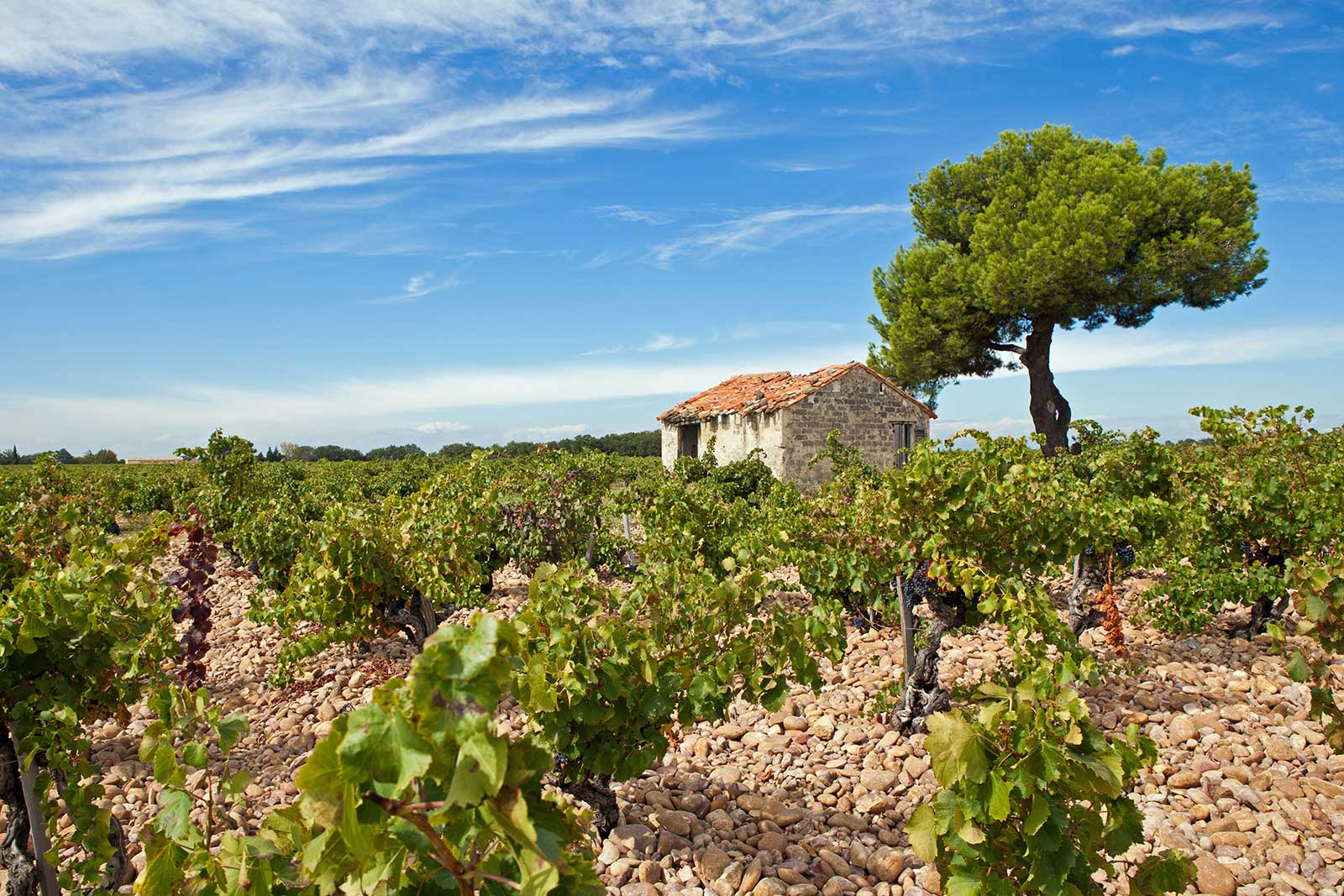
What Terroir Really Means to Provence
“Our customers are all different, but to be perfectly honest, those who are interested in terroir when buying a rosé wine are far from being the majority.”
Clément Grimaldi
Winemaker, Château de la Clapière
“Terroir is not the territory and the soil,” Eymard would later add. “But the climate and the human history and the savoir-faire we have.” Climate, he seemed to suggest, had as much to do with the type of wine you want to drink as it did the ripening of grapes, for Provence is a hot place, particularly in summertime. Because of that context, rosé has long been a natural fit for locals and visitors. “You need fresher beverages,” Eymard noted.
And if ever there was a statement of Provence rosé’s “somewhereness,” this was probably it. Terroir can be defined in the Burgundy way, or in the Provençal way. One is a narrow definition where the slightest alteration in climate, soil and vineyard characteristic aspires to be detected in the glass.
The other definition, I came to learn, was much more open, and nearly interchangeable with another term Provence’s winemakers were using: savoir-faire. It was the notion that the terrain and the climate were dictating — practically demanding — a specific outcome in the wine. And that outcome was a mood. In some cases, it was a hot poolside or an arid patio with just enough shade under the umbrella. In other instances, it was a certain meal that just wouldn’t do without a refreshing, salmon-hued wine to keep it quenching.
That may seem like a squishy use of the term “terroir,” but what could be more indicative of Provence than that feeling?
Note: Wines tasted for the ensuing tasting report were provided as samples by the CIVP. Learn more about our editorial policy. Also: response from winemakers were translated from French to English with the help of the CIVP’s press representative. As with any translation, some discrepancies of intention may occurred.

